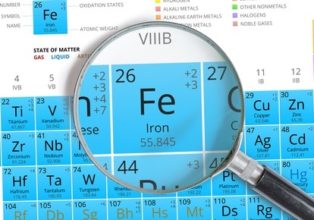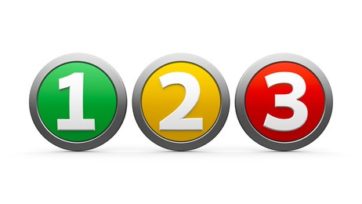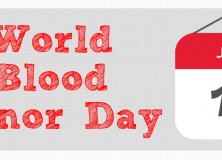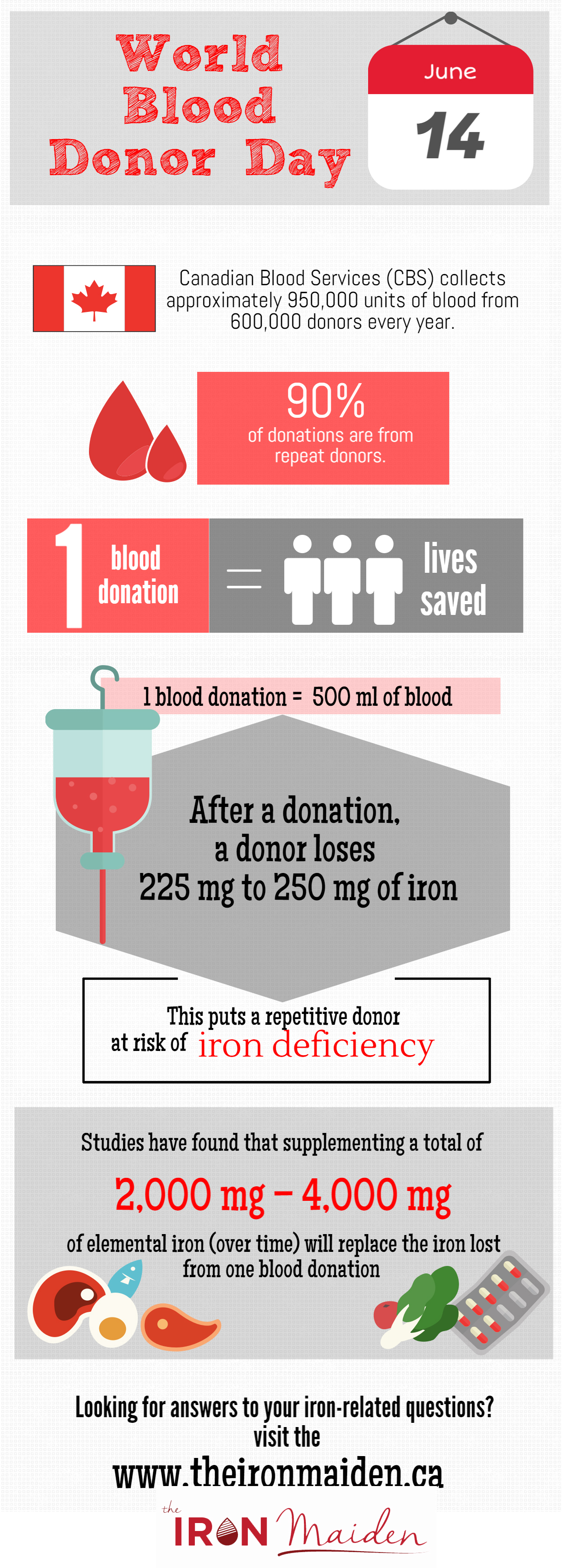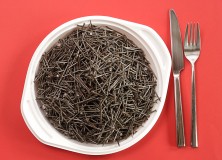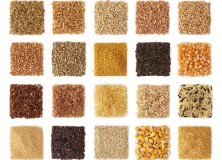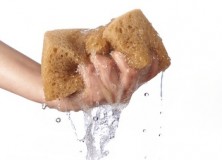The holiday season is upon us and this often means many parties, potlucks, and social gatherings. So, if you’re going to bring a yummy treat to share, why not give the gift of iron? Here are a few ideas for you:
BLACK BEAN CAKE
(1 cup black beans = 9.7 mg of iron)
Substituting black beans into a cake recipe is not only healthier and gets you closer to your daily iron intake goals, but it’s also delicious, believe it or not! There are tons of black bean cake recipes available online, but see below for one of my favourites!
Ingredients:
1-15 ounce can of unseasoned black beans
5 large eggs
1 tablespoon of pure vanilla extract
1/2 teaspoon of sea salt
6 tablespoons of unsalted butter
1/2 cup of honey or other sweetener + 1/2 teaspoon pure stevia extract
6 tablespoons of unsweetened cocoa powder
1 teaspoon of baking powder
1/2 teaspoon of baking soda
1 tablespoon of water (omit if using honey)
Preparation:
Preheat oven to 325 degrees Fahrenheit.
Grease a 9 cake pan with extra virgin olive oil, or a thin layer of butter.
Drain and rinse beans. Shake off excess water.
Place beans, 3 of the eggs, vanilla, stevia and salt into blender. Blend on high until beans are completely liquefied. Whisk together cocoa powder, baking soda, and baking powder.
Beat butter with sweetener until light and fluffy.
Add remaining two eggs, beating for a minute after each.
Pour bean batter into egg mixture and mix.
Finally, stir in cocoa powder and water (if using), and beat the batter on high for one minute, until smooth.
Scrape batter into pan and smooth the top.
Bake for 40-45 minutes.
Cake is done with the top is rounded and firm to the touch.
SWEET POTATO CHIPS
(1 cup sweet potato cubed = 0.8 mg of iron)
I bet that you can’t have just one of these delicious chips. It’s okay to indulge in this snack because it’s a healthier alternative and also contains some iron! Just slice, lightly cover with extra light olive oil, season with pepper, and bake!
OATMEAL COOKIES WITH DRIED NUTS OR FRUIT
(1 cup dry oatmeal = 29.9 mg of iron)
Instead of pairing this classic recipe with chocolate chips (although one of my personal favourites), which can inhibit the absorption of iron, try adding dried nuts like almonds (1 cup ground = 3.5 mg if iron) or dried fruit like apricots (1 cup = 7.5 mg of iron) or raisins (1 cup = 3.1 mg of iron).
GINGERBREAD COOKIES
(100 grams of gingerbread = 2.9 mg of iron)
When in doubt, you can’t go wrong with gingerbread cookies; a holiday classic! Much of the iron contents come from the chewy, ooey-gooey ingredient molasses (1/2 cup = 7.95 mg of iron).
BANANA NUT BREAD
(1 cup mashed bananas = 0.6 mg of iron ; 1 cup mixed nuts = 3.5 mg of iron)
This serves well as a desert loaf (or even as a slice for breakfast the morning after) and the mixed nuts help to kick up the iron content! Just be mindful with this one because, depending on the recipe, this loaf can be high in fat and calories. Slice into small portions and serve.
Happy holidays and happy snacking!
